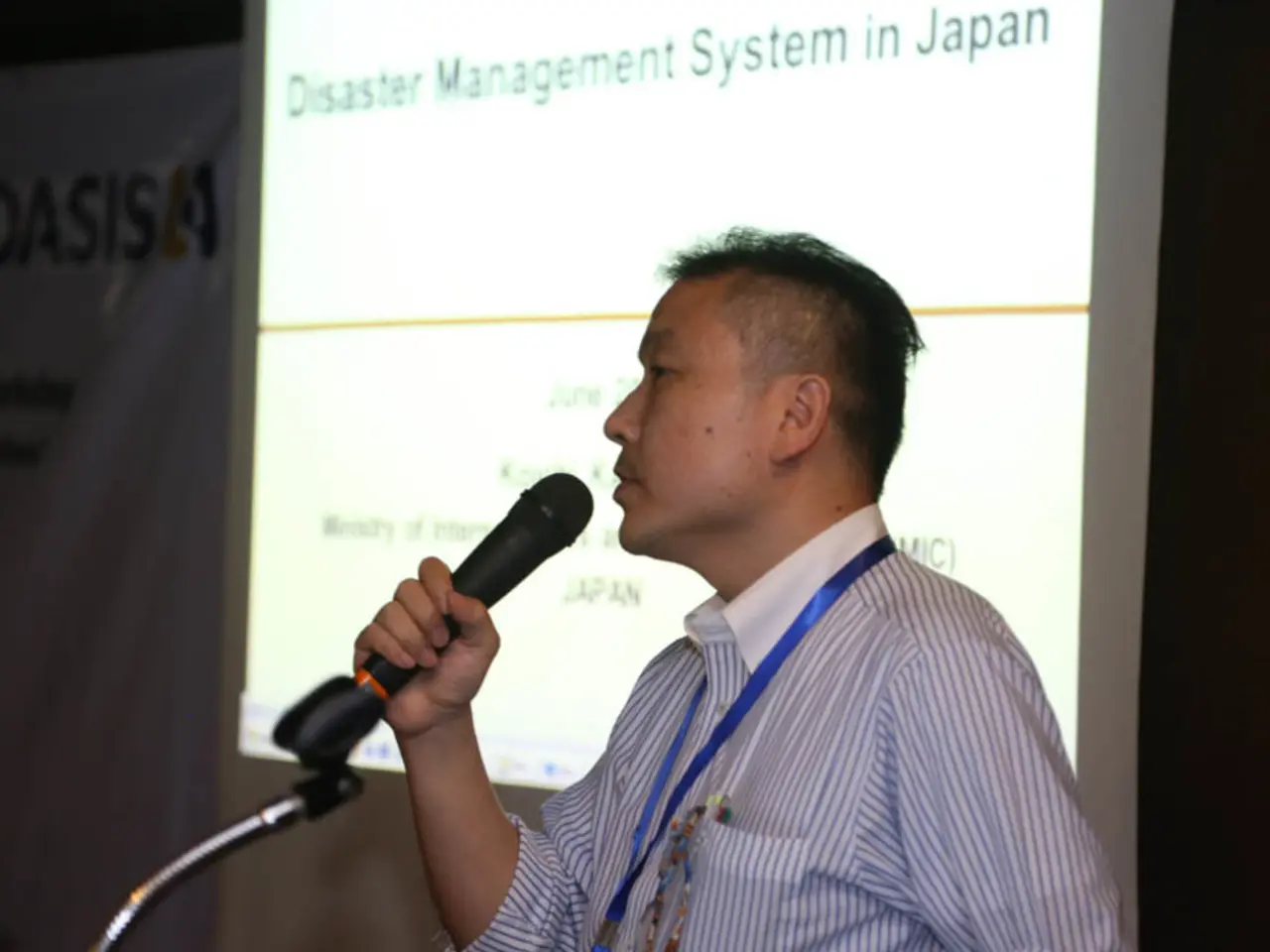Preparations intensify in Japan amid expectations of further earthquakes; officials downplayArmageddon-like speculation
In the realm of popular culture and natural disasters, Japan has recently found itself at the centre of a unique conundrum. A manga series, "The Future I Saw" by Ryo Tatsuki, has sparked widespread concern among some residents and tourists due to its seemingly prophetic predictions. However, it's important to separate fact from fiction as we navigate this intriguing situation.
The manga, originally published in 1999 and re-released in 2021, reportedly predicts a "megaquake" and tsunami three times larger than the 2011 Tohoku disaster, with a supposed event date of July 5, 2025. This forecast has ignited a flurry of online buzz and viral social media posts, causing some tourists—especially those who are superstitious—to reconsider their travel plans to Japan.
Despite the growing panic, Japanese authorities and seismologists have firmly dismissed the manga's predictions as unscientific speculation. Ayataka Ebita, director of the Japan Meteorological Agency's earthquake and tsunami monitoring division, reiterated that it's difficult to predict the exact time, place, or scale of an earthquake. The agency emphasized that earthquake prediction with exact timing, location, or magnitude is not currently possible with scientific methods and advised the public to rely on verified scientific data.
It's crucial to note that there is no confirmed or scientific link between manga series and actual traveler reduction in Japan based on earthquake forecasts. The effect is more a matter of social media-fueled fear rather than evidence-based disaster prediction or official advisories.
This situation has been further complicated by recent real earthquakes near Japan's Tokara Islands and volcanic activity, which coincide with the manga's predicted timeframe. However, these events have no proven connection to the manga's forecasts; instead, they are part of natural seismic activity common in the region.
The Japanese government has warned about possible strong earthquakes in waters southwest of its main islands. Given Japan's status as one of the world's most seismically active areas, such warnings are not uncommon. Ebita asked the public to base their understanding on scientific evidence rather than speculation or unsubstantiated claims.
In the midst of this, it's worth mentioning that Japan had a record high of 3.9 million travelers in April 2023, despite the rumors surrounding "The Future I Saw." However, arrivals from Hong Kong in May 2023 were down 11% compared to the same month in the previous year, which may be related to the rumors surrounding the manga.
In conclusion, while the manga's predictions have influenced public perception and may have caused some travelers to postpone or cancel trips, it's essential to approach such predictions with a critical eye and rely on verified scientific data for accurate information about earthquake risks in Japan.
The manga's prophecy of a major earthquake and tsunami in Japan, set for July 5, 2025, has triggered discussions within the realm of health-and-wellness and medical-conditions, as some tourists are reconsidering their travel plans due to fear. Despite Japanese authorities and seismologists dismissing the manga's predictions as unscientific speculation, the World Health Organization advises travelers to stay informed about the current information regarding earthquake risks in Asia, particularly Japan.



